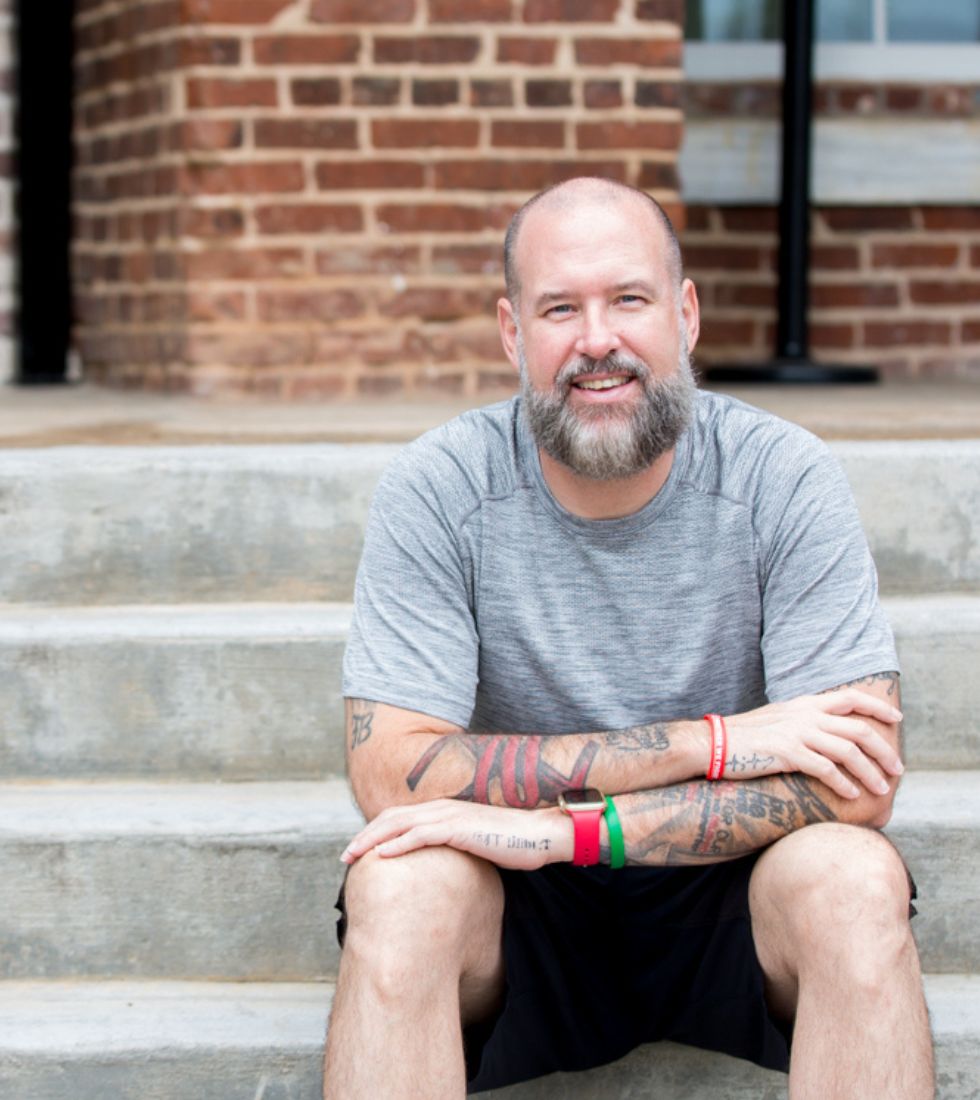As the seasons change, so can our moods. Seasonal Affective Disorder (SAD) is a type of depression that coincides with seasonal changes, primarily in winter. This condition, often mistaken for the common ‘winter blues,’ can significantly affect daily life. This guide offers a comprehensive look at SAD, from its symptoms and impact to diagnosis and effective coping strategies. Whether you’re struggling with SAD or know someone who is, understanding this disorder is the first step toward managing it and reclaiming a sense of wellbeing.
What is Seasonal Affective Disorder (SAD)?
Seasonal Affective Disorder (SAD) is a type of depression that appears mainly in winter. It starts in fall, worsens in winter, and usually ends in spring. Its symptoms, like sadness, low energy, and sleep problems, resemble general depression. Unlike other depression types, SAD links closely to less daylight in winter. It often affects people in areas with long, dark winters.
Impact of Seasonal Affective Disorder (SAD) on Daily Life
SAD affects more than just mood. It lowers energy, making daily tasks hard. This drop can harm work performance, strain relationships, and reduce overall happiness. SAD is serious, more than just “winter blues.” It can cause severe mood shifts and even lead to thoughts of self-harm.
Diagnosis and Treatment Options
Doctors diagnose SAD by looking for consistent symptoms over two years. Treatment varies. Light therapy is common, offering artificial sunlight in winter. Severe cases might need antidepressants. Cognitive-behavioral therapy also helps by changing negative thought patterns related to SAD.
Coping Strategies for SAD
Besides treatment, lifestyle changes can manage SAD. Spending more time in natural light and staying active are key. Keeping a regular sleep pattern and staying socially connected can also ease symptoms.
When to Seek Professional Help
It’s vital to seek help if SAD disrupts life. Early treatment can prevent worsening symptoms. Healthcare providers might use light therapy, medication, or psychotherapy, depending on the person’s needs.
Additional Resources
Here are five books on Seasonal Affective Disorder (SAD):
- Defeating SAD (Seasonal… by Rosenthal M.D., Norman E.
- This book by Norman E. Rosenthal, M.D., delves into various aspects of Seasonal Affective Disorder, offering insights into its nature and potential strategies for management and treatment.
- Winter Blues: Seasonal Affective Disorder: What It Is and How to Overcome It by Norman E. Rosenthal
- Another book by Norman E. Rosenthal, it provides a comprehensive look at SAD, explaining what the disorder is and offering guidance on how to overcome it.
- Coping with the Seasons: A Cognitive Behavioral Approach to Seasonal Affective Disorder
- This book discusses the impact of Seasonal Affective Disorder and explores Cognitive Behavioral Therapy (CBT) as an effective treatment option for those suffering from SAD.
- Positive Options for Seasonal Affective Disorder (SAD) by Fiona Marshall and Peter Cheevers
- Authored by Fiona Marshall and Peter Cheevers, this book is an educational resource that discusses the different cases of SAD, particularly focusing on the depression caused by the lack of natural light during winter.
- Seasonal Affective Disorder: Practice and Research
- This book delves into both the practical aspects of dealing with SAD and the research behind it, making it a valuable resource for those looking to understand the disorder from a more scientific perspective.
Each of these books offers unique insights and approaches to understanding and managing Seasonal Affective Disorder, making them valuable resources for anyone looking to learn more about this condition.
Here’s a Q&A section that could be useful for understanding Seasonal Affective Disorder (SAD):
Q1: What is Seasonal Affective Disorder (SAD)? A: Seasonal Affective Disorder (SAD) is a type of depression that’s related to changes in seasons. It typically starts and ends at about the same times every year, with symptoms often appearing during late fall or early winter and subsiding during the spring and summer.
Q2: What causes SAD? A: The exact cause of SAD is unknown, but it’s believed to be related to reduced exposure to sunlight during the shorter days of the year. This can disrupt your body’s internal clock, lead to decreased levels of serotonin (a brain chemical that affects mood), and affect melatonin levels, which play a role in sleep patterns and mood.
Q3: Who is at risk for developing SAD? A: SAD is more common in women than in men and typically starts in young adulthood. It’s more prevalent in people who live far from the equator where there are fewer daylight hours in the winter. A family history of depression can also increase the risk.
Q4: How is SAD treated? A: Treatment for SAD may include light therapy (phototherapy), medications, and psychotherapy. Light therapy involves exposure to artificial light that mimics natural outdoor light, which seems to cause a chemical change in the brain that lifts mood and eases other symptoms of SAD.
Q5: Can lifestyle changes help manage SAD symptoms? A: Yes, certain lifestyle changes can help manage SAD symptoms. These include getting as much natural sunlight as possible, exercising regularly, maintaining a regular sleep schedule, and staying connected with your social network. Managing stress and planning enjoyable activities during the winter months can also be beneficial.
Q6: When should someone with SAD symptoms seek professional help? A: If you’re experiencing symptoms of SAD, especially if they are affecting your quality of life, it’s important to seek help from a healthcare professional. They can diagnose your condition and suggest appropriate treatments, including therapy or medication if needed.
Q7: Can SAD occur in the summer? A: Yes, while less common, there is a form of SAD known as “summer depression” that starts in late spring or early summer and ends in fall. Symptoms can include anxiety, insomnia, irritability, agitation, weight loss, and poor appetite.
Q8: Is SAD a serious condition? A: Yes, SAD is a type of depression and should be taken seriously. It’s not just a case of “winter blues” and can significantly impact your daily functioning and quality of life. Professional treatment is often necessary to manage the symptoms effectively.

Somatic coach (therapist) in Canton, GA, and Worldwide Life Coach dedicated to inspiring and assisting people worldwide through candid conversations about anxiety. Having personally battled general anxiety, panic disorder, and OCD, I understand the daily challenges those grappling with anxiety face. My journey involved searching for the right therapist, medication, and natural supplements and undergoing various tests. It was only after deciding to reclaim my life that I finally overcame anxiety’s hold. I’m passionate about helping others conquer their struggles and discover their life purpose.

